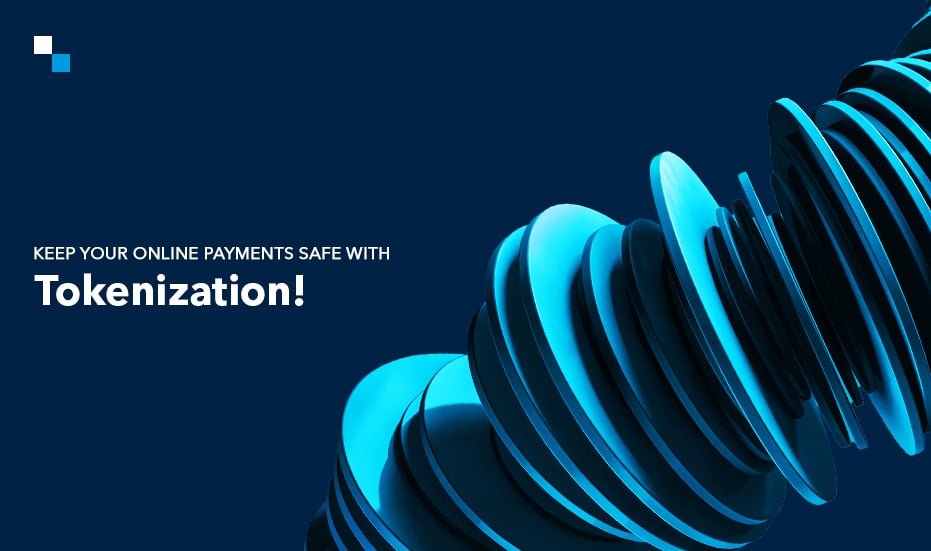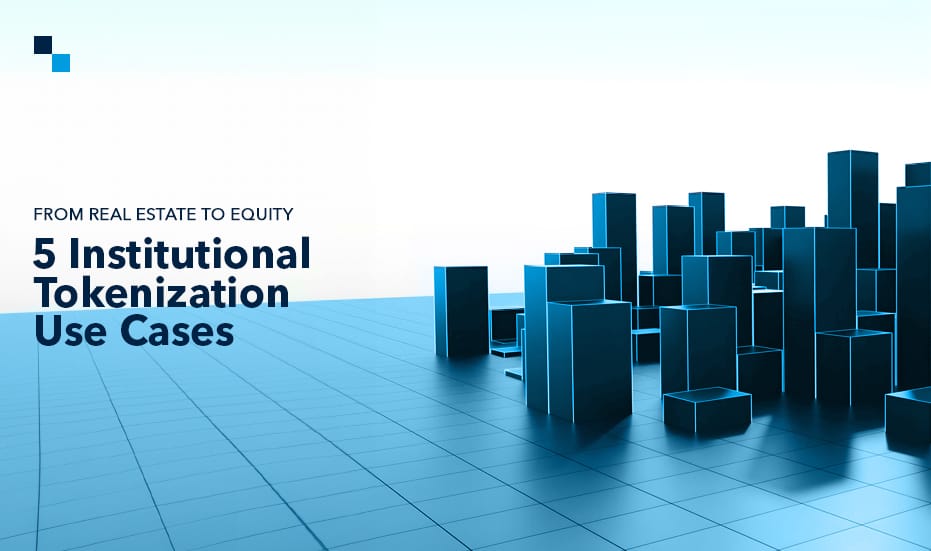
Building Consumer Trust: Is Blockchain Identity Management A Big Thing in The Supply Chain Industry?
February 27, 2024
Crypto Development and e-Commerce – The Dynamic Duo
February 28, 2024The world of asset tokenization is taking off, and Australia is ready to join the ride! But before you hop on, it’s important to understand the rules of the road. The blog will be your friendly guide, explaining the current and upcoming regulations for asset tokenization in Australia.
Asset Tokenization Regulations in Australia
Venturing into asset tokenization within Australia presents a nuanced regulatory landscape akin to solving a complex puzzle. Rather than a singular regulatory framework, a diverse set of rules govern specific assets and activities. Key regulatory players include:
- Australian Securities and Investments Commission (ASIC): Responsible for overseeing financial products and services, including tokenized assets like bonds and shares. Adhering to ASIC regulations is paramount for financial fairness and consumer protection, preventing penalties.
- Australian Competition and Consumer Commission (ACCC): Functions as the referee, ensuring fair play and preventing deceptive conduct in communications about tokenized assets. Protecting consumers from potential harm due to unclear or manipulative marketing practices is their primary goal.
- Anti-Money Laundering and Counter-Terrorism Financing (AML/CTF) Regime: Acts as security guards against illicit activities like money laundering or terrorism financing through tokenization. Compliance with their stringent Know Your Customer (KYC) and Anti-Money Laundering (AML) regulations is mandatory for token traders.
Navigating the Patchwork: While the current regulatory landscape may seem intricate, a solid grasp of these key regulatory players and their roles is essential until a more streamlined set of regulations emerges.
Proposed Asset Tokenization Framework: A Glimmer of Clarity
In October 2023, the Australian Treasury released a consultation paper outlining a proposed regulatory framework for digital assets, including asset tokenization. It provides a much-needed roadmap for businesses and investors, offering greater clarity and consistency. Here are the key features:
- Focus on Intermediaries: The framework primarily targets platforms holding client assets, requiring an Australian Financial Services Licence (AFSL) if exceeding specific thresholds. This ensures responsible custody and safeguards user funds.
- Tailored Approach: Recognizing the diverse nature of assets, the framework differentiates regulations for financial tokenization (e.g., tokenized securities) and non-financial tokenization (e.g., real estate tokens). This ensures appropriate oversight and flexibility depending on the asset type.
- Leveraging Existing Laws: Building upon established financial services laws provides much-needed consistency and clarity, leveraging familiar structures for compliance. Businesses and investors can more easily understand and navigate the legal landscape.
- Technology Neutrality: The framework remains adaptable to future innovations in tokenization technology, future-proofing regulations and avoiding hindering technological advancements.
The Road Ahead: Embracing a Collaborative Journey
The consultation period for the proposed framework concluded in December 2023. Currently, the Treasury is analyzing feedback and is expected to release a final report in mid-2024, with final regulations likely coming into effect by 2025 or later. The period presents an opportunity for businesses and industry stakeholders to actively engage in constructive dialogue with policymakers. By working together, Australia can shape a comprehensive and supportive regulatory environment for responsible and innovative asset tokenization.
Also read: Top 10 Real Estate Tokenization Development Companies in Australia
The Future: A Clearer Path for Asset Tokenization
The good news is that the Australian government is working on a new set of rules for digital assets, including asset tokenization. The new framework is like a roadmap, showing businesses and investors exactly what they need to do to be compliant. Here’s the exciting part:
- Focus on Platforms: The new rules will mainly focus on platforms that hold people’s tokenized assets, making sure they’re responsible and keep everything safe.
- Different Rules for Different Assets: Not all assets are created equal, so the rules will be different for things like stocks and real estate tokens. This ensures fairness and clarity.
- Building on Existing Laws: The new framework won’t be starting from scratch. It will use existing laws that everyone already knows, making it easier to understand and follow.
- Future-Proofing: The rules are designed to be flexible, so they can adapt to new technologies and keep up with the ever-changing world of tokenization.
Benefits and Challenges of Tokenization: A Balanced View
The new framework has the potential to be a game-changer:
- Safer for Everyone: Clearer rules mean better protection for investors and businesses, building trust and confidence in the market.
- Easier to Do Business: Knowing exactly what you need to do makes it easier for businesses to launch innovative tokenization projects.
- More Investors: When everyone feels safe, more people are likely to invest in tokenized assets, boosting the market and creating opportunities.
Timeline of Asset Tokenization Regulations in Australia
October 2023:
- The Australian Treasury released a consultation paper outlining a proposed regulatory framework for digital assets, including asset tokenization.
- The framework proposed: Focus on intermediaries like platforms holding client assets, requiring an AFSL for exceeding specific thresholds.
- Tailored approach for financial and non-financial tokenization.
- Leveraging existing financial services laws for consistency.
- Technology neutrality to adapt to future innovations.
- The consultation period opened, inviting public feedback from businesses, individuals, and industry experts.
November 2023:
- Public hearings were held in major Australian cities to gather feedback on the proposed framework.
- Industry associations, legal professionals, and technology companies submitted written submissions to the Treasury.
- Key themes emerging from the feedback included: Concerns about the complexity of the proposed framework.
- The need for clarity on the licensing requirements for token offerings.
- Importance of aligning with international regulations.
December 2023:
- The consultation period closed, marking the end of public submissions.
- The Treasury began analyzing the feedback received from various stakeholders.
- Preliminary reports indicated a mixed response to the proposed framework, with both praise for its clarity and concerns about its complexity.
January 2024 – February 2024:
- The Treasury continues to analyze the feedback and develop a final report on the proposed framework.
- No further public updates or announcements have been made.
Expected Next Steps:
- Release of the final report by the Treasury in mid-2024.
- This report will outline the final shape of the regulatory framework, incorporating feedback from the consultation process.
- Development of draft legislation based on the final report.
- Public consultation on the draft legislation is likely to happen before its introduction to Parliament.
- The final regulations are expected to come into effect by 2025 or later.

Potential Assets for Tokenization
- Real Estate: Fractional ownership of buildings, apartments, or even rental properties can attract wider investor pools and boost liquidity. Consider tokenizing under-utilized assets or specific floors in a building.
- Inventory: Tokenized inventory facilitates efficient tracking, management, and even fractional ownership for financing small and medium-sized enterprises (SMEs).
- Intellectual Property (IP): Tokenize patents, trademarks, or copyrights to ease licensing, royalty distribution, and collaboration, especially relevant for tech startups or creative agencies.
- Art and collectibles: Tokenization enhances transparency and provenance, while enabling fractional ownership and democratizing access to these assets.
Read more: Top 12 Asset Tokenization Platforms of 2024
Define Goals and Regulations:
- Clearly identify your objectives (funding, liquidity, etc.) and understand relevant regulations like ASIC guidelines and AML/CTF requirements.
Choose the Right Technology:
- Research blockchains compatible with Australian regulations, considering factors like security, transaction speed, and cost.
Seek Expert Guidance:
- Partner with specialists in legal, financial, and blockchain technology to navigate compliance and ensure smooth implementation.
Develop a Token Distribution Strategy:
- Decide on public offerings, private placements, or strategic partnerships, considering investor type and regulatory requirements.
Engage Stakeholders and Educate:
- Build awareness and trust among potential investors and partners through clear communication and education about the benefits and risks involved.
Unique Considerations for Australia
- Emerging Regulatory Landscape:
Stay updated on the evolving framework proposed by the Treasury, expected to be finalized in mid-2024. Remain adaptable to potential changes.
- Limited Infrastructure and Expertise:
Partner with established players or consider overseas partnerships for technology and guidance. Collaborate with industry associations for support.
- Investor Awareness and Adoption:
Actively educate potential investors and partners about RWA tokenization benefits and address concerns regarding regulatory clarity and long-term sustainability.
Final Words
In conclusion, navigating the intricate landscape of asset tokenization regulations in Australia is a critical aspect for businesses venturing into this transformative realm. As Australia continues to shape its regulatory environment, this comprehensive guide serves as a foundational resource, empowering businesses to embark on their tokenization journey with confidence. Embrace the opportunities, adhere to the guidelines, and contribute to the evolution of a regulatory framework that aligns seamlessly with the dynamic world of asset tokenization.



